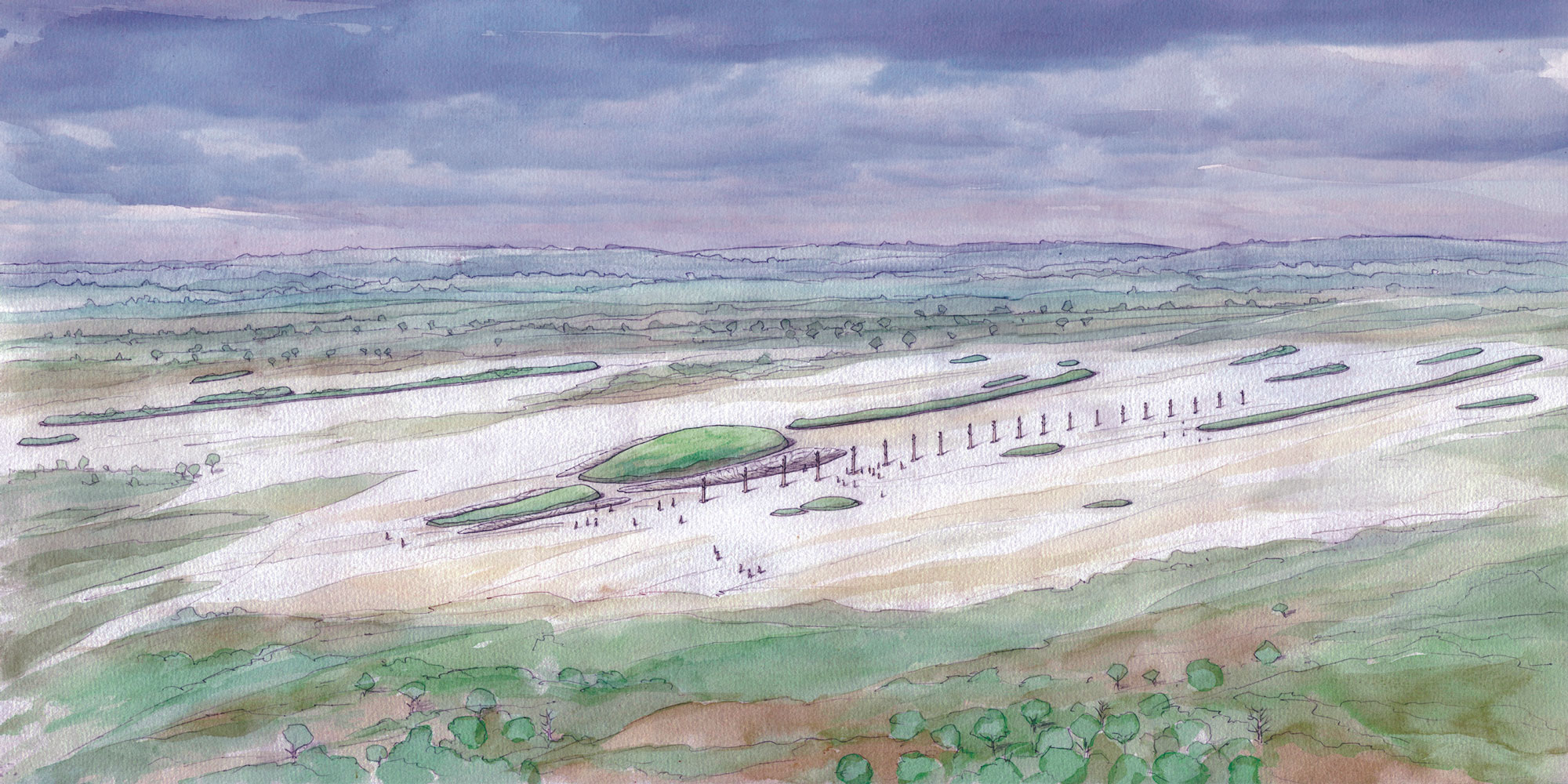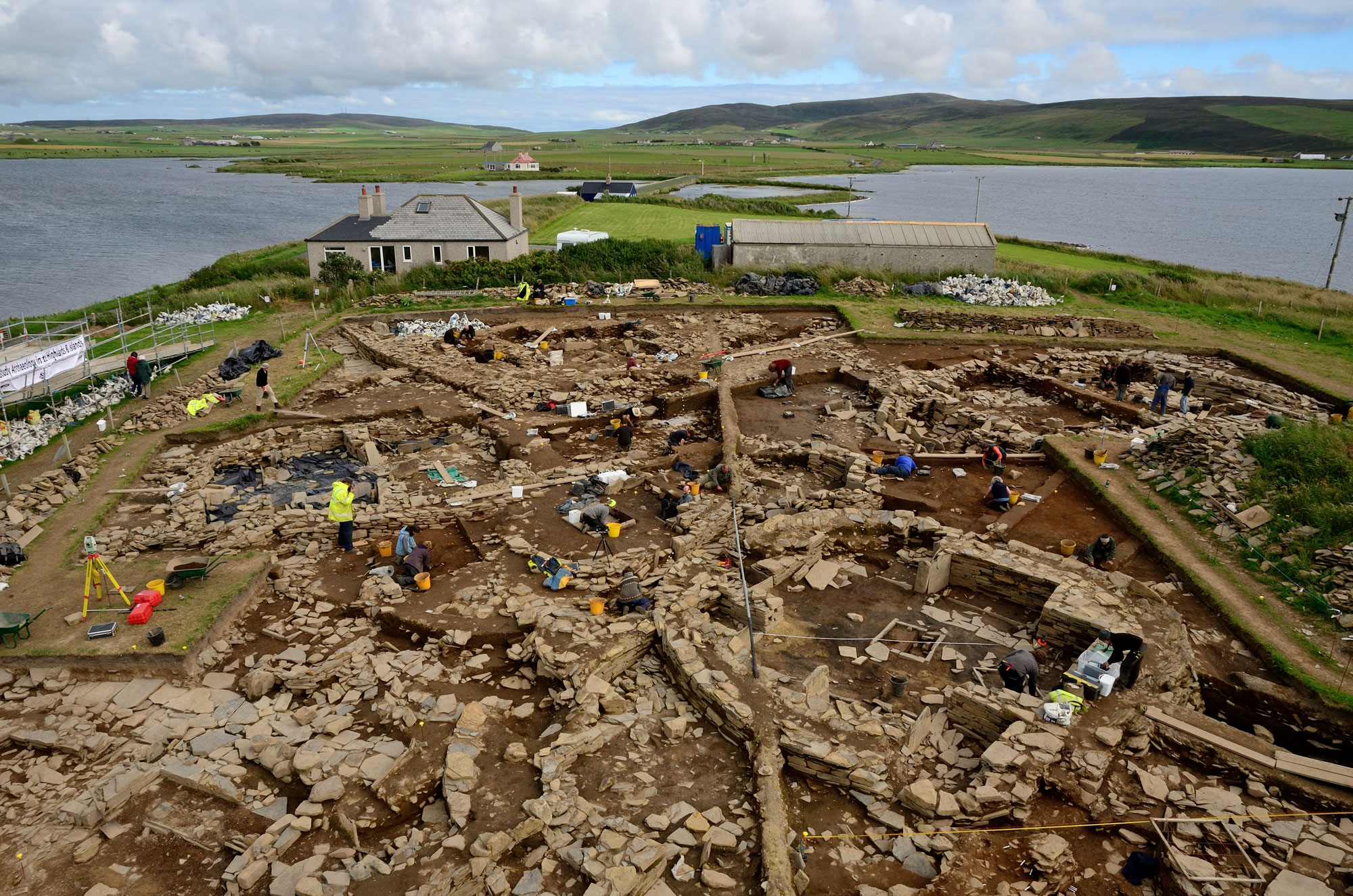
BORDEAUX, FRANCE—A team led by Marian Vanhaeren of the University of Bordeaux made and experimented with shell beads in an effort to replicate the wear patterns found on shell beads from Blombos Cave in South Africa. The researchers came up with six possible ways that the beads may have been strung and worn. “In the lower [75,000-year-old] layers, the shells hang free on a string with their flat, shiny [sides] against each other,” she said. In the younger, 72,000-year-old layers, “the shells are knotted together two by two, with their shiny side up.” This change in style “parallels the many similar changes in symbolic norms observed among more recent and historically known human societies,” the team concluded.









